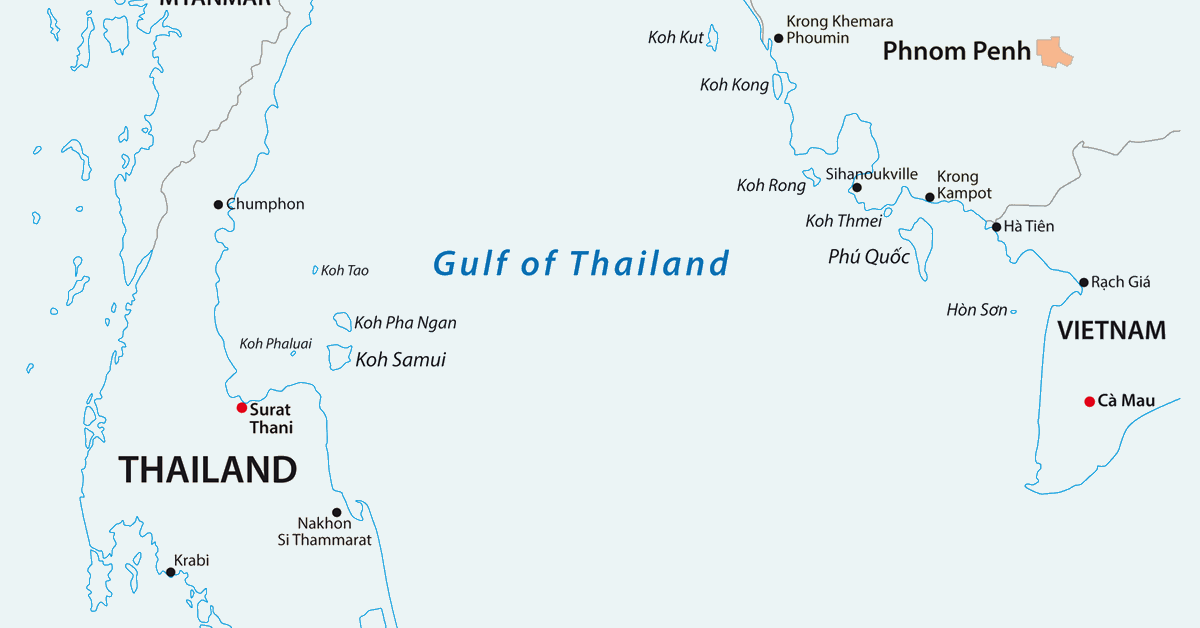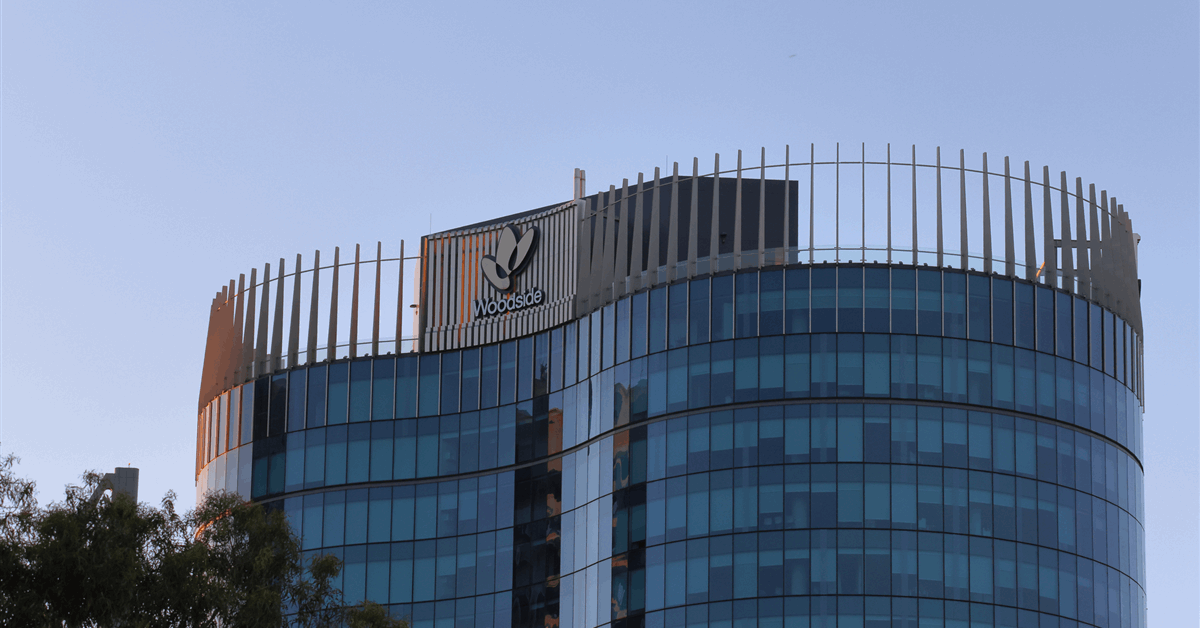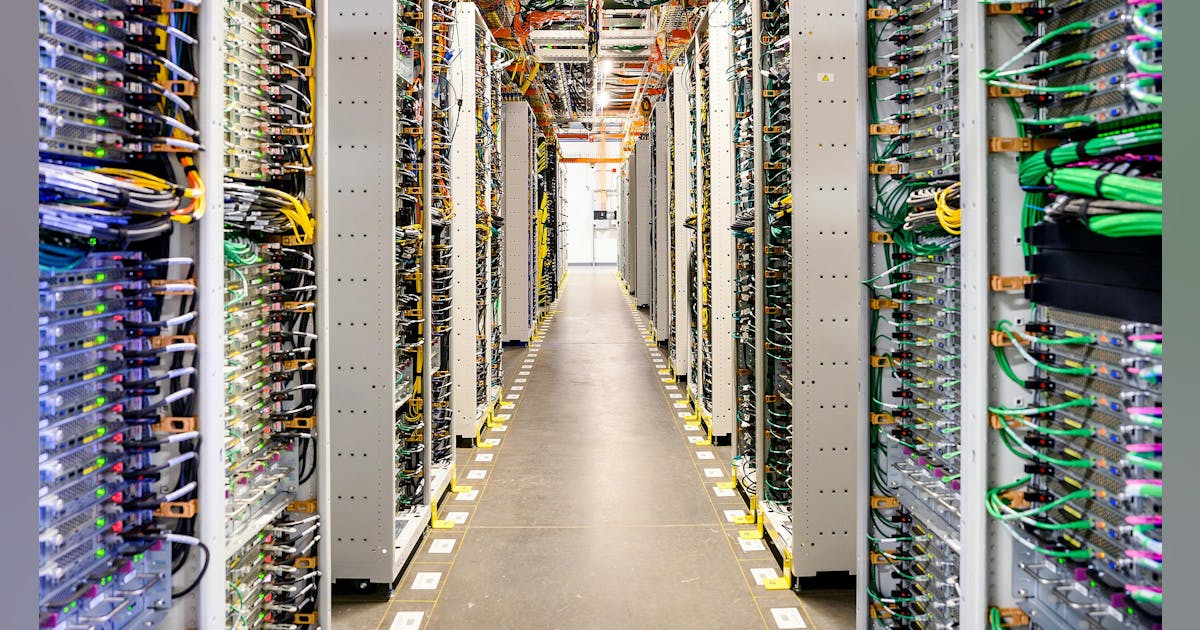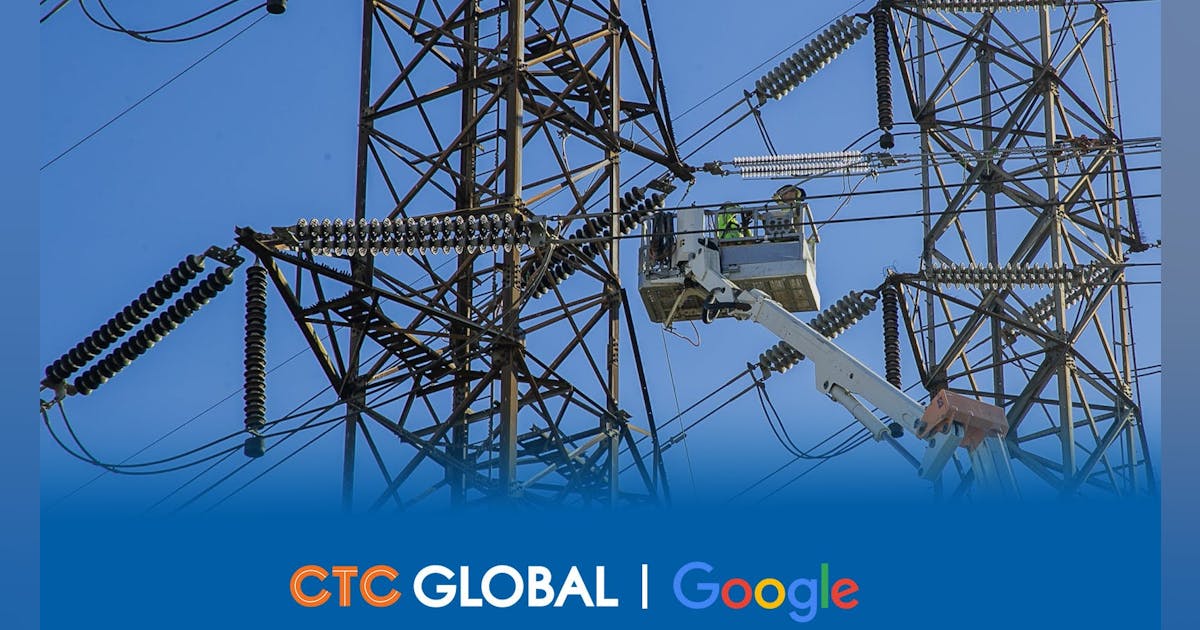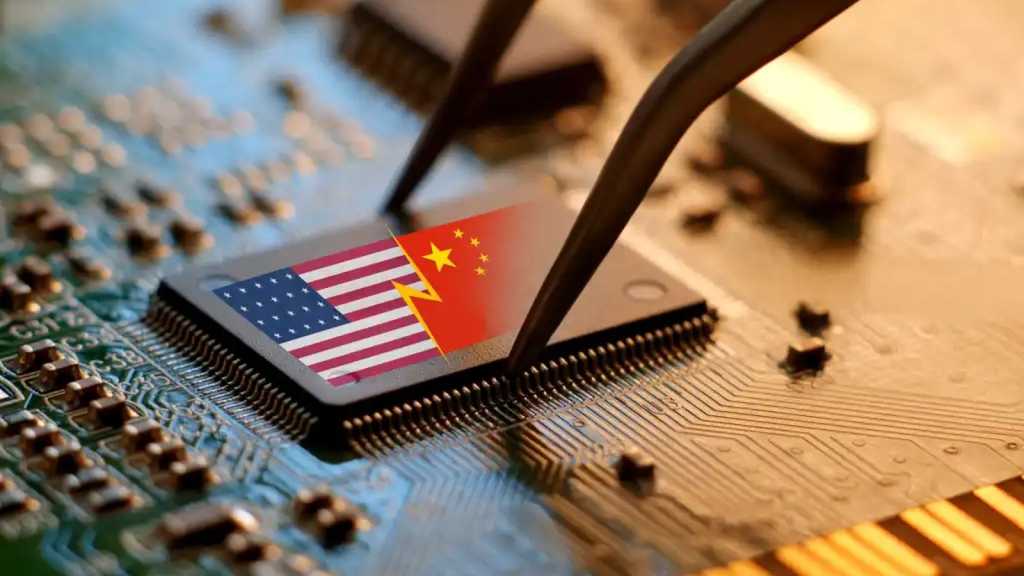
“The mathematics used to overcome physics at the chip level by Huawei is simple: having five times as many Ascend 910C chips more than offsets each GPU being only one-third the performance of an Nvidia Blackwell B200,” said Danish Faruqui, CEO of Fab Economics.
At the chip level, Nvidia’s Blackwell B200 GPU delivers 2,500 teraflops of performance, more than three times that of Huawei’s Ascend 910C, Fab Economics’ research said.
The B200 also offers 192 GB of high-bandwidth memory (HBM) per GPU, using eight HBM3E (8-high) modules. In contrast, Huawei’s 910C uses an earlier HBM generation, delivering 128 GB per GPU.
The analysis also showed that Nvidia’s HBM bandwidth reaches 8 terabytes per second per GPU, approximately 2.5 times higher than Huawei’s.
System-scale gains, energy costs
At the system level, the PFLOP performance of Nvidia’s GB200 NVL72 system stands at 180, which is 40% lower than Huawei’s CloudMatrix 384 system, Faruqui said.
“However, the downside of Huawei’s CloudMatrix 384 system lies in its power consumption,” he added. “It uses more than four times the power of Nvidia’s GB200 NVL72, and on a per-PFLOP basis, its power consumption is 2.5 times higher, making large-scale deployment difficult.”






